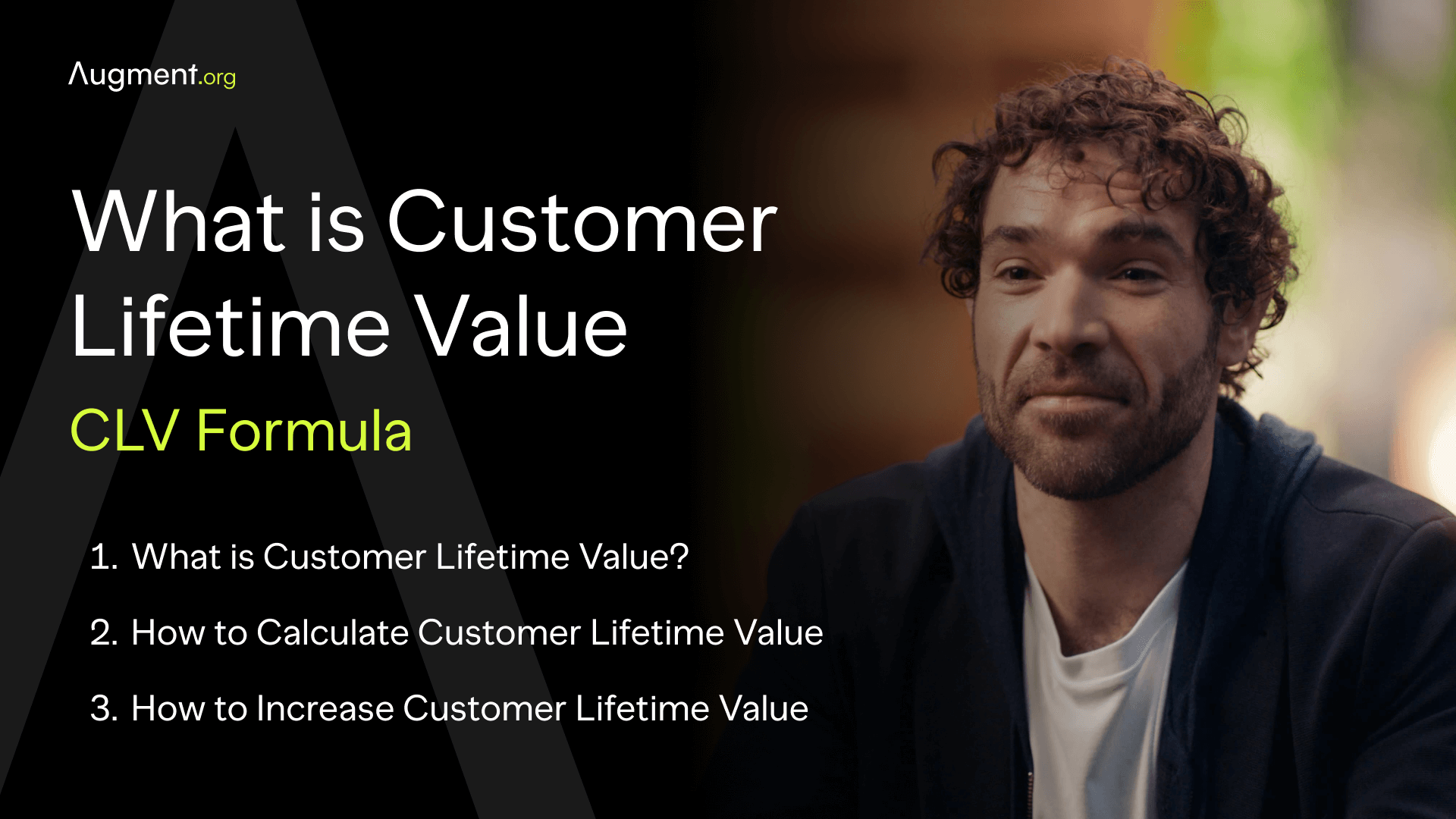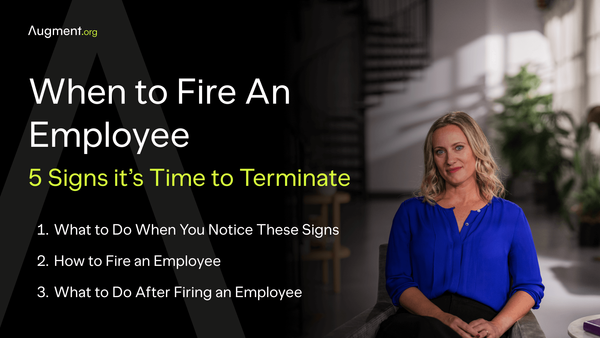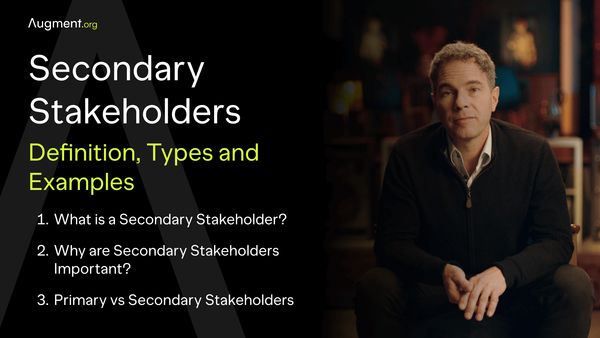CLV Formula: What is Customer Lifetime Value?
Maximizing Customer Lifetime Value (CLV) drives business growth. Learn to calculate CLV and boost customer value through improved retention and increased purchase amounts, transforming average customers into loyal, high-value assets.

What is Customer Lifetime Value?
Customer Lifetime Value (CLV) is a pivotal metric in the business landscape, offering a clear picture of the total value a customer brings over their entire relationship with a brand. It's not just about the immediate profit from a sale but about understanding the long-term financial contribution of each customer. By calculating CLV, businesses gain insights into how much revenue an average customer generates during their lifespan with the company.
This concept revolves around more than just numbers; it's a strategic tool. By understanding the average customer lifespan and their spending patterns, companies can tailor their marketing efforts and customer experience strategies. CLV isn't static; it evolves with every customer interaction, from acquisition to retention. It accounts for the average purchase value, frequency rate, and the duration of the customer-business relationship.
CLV helps businesses to not just see customers as one-time transactions but as long-term partners in their growth journey. Through this lens, each customer segment, from the most loyal customers to the newly acquired ones, represents a unique value and opportunity for the business. Understanding CLV helps in allocating resources effectively, especially in balancing customer acquisition cost and retention strategies, ultimately leading to a sustainable and profitable business model.
Why Does Customer Lifetime Value Matter?
CLV guides strategic decisions and investments. It's not just about the value of a single purchase; CLV represents the total worth of a customer to a business over the entire course of their relationship.
Understanding CLV is vital for several reasons. First, it helps in identifying the most valuable customers - those who are not just loyal but also contribute significantly to the revenue. This insight is crucial for tailoring marketing efforts and customer experience strategies, ensuring resources are allocated to retain these high-value customers.
Second, knowing the CLV aids in balancing the scales between customer acquisition cost and customer retention efforts. Businesses can gauge how much to invest in acquiring a new customer versus retaining an existing customer, ensuring a sustainable return on investment.
Moreover, CLV influences product development and customer service approaches. By understanding the average customer lifespan and their feedback, companies can innovate and improve their offerings, ensuring they meet the evolving needs of their customer base.
CLV is a metric that reflects the health of the customer-business relationship. It's about measuring the long-term impact of customers on the business, going beyond immediate transactions to understand the lifetime journey of each customer segment. This understanding is key to building a resilient, customer-centric business model that thrives on creating and maintaining valuable, long-lasting customer relationships.
How to Calculate Customer Lifetime Value
To truly harness the power of Customer Lifetime Value (CLV), understanding its calculation is key. The customer lifetime value formula is a tool that allows businesses to quantify the total value a customer contributes over their entire relationship with the company.
The basic customer lifetime value calculation involves three main components:
- Average Purchase Value: This is calculated by dividing the total revenue by the number of purchases over a given period. It reflects the average amount spent by customers each time they buy.
- Average Purchase Frequency Rate: This measures how often customers make a purchase within a certain timeframe. It's calculated by dividing the total number of purchases by the number of unique customers who made those purchases.
- Average Customer Lifespan: This is an estimate of the duration, in years or months, a customer continues to buy from a business. It's an average across all customers and indicates the typical length of a customer-business relationship.
Calculate customer lifetime value by multiplying these three factors:
CLV = Average Purchase Value × Average Purchase Frequency Rate x Average Customer Lifespan
This formula provides a snapshot of the financial worth of a customer to the business. It's a crucial metric, especially when it comes to making informed decisions about customer acquisition costs, marketing expenses, and strategies for improving customer retention. By regularly calculating customer lifetime value, businesses can gain a deeper understanding of their customer base, including high-value customers and different customer segments, leading to more targeted and effective business strategies.
How to Use Your Customer Lifetime Value Calculations
Once you've calculated Customer Lifetime Value (CLV), the next crucial step is applying these insights to refine and strengthen your business strategies. Understanding the CLV isn't just about crunching numbers; it's about leveraging this knowledge to drive meaningful business growth.
- Targeted Marketing and Customer Acquisition: CLV calculations enable businesses to identify which customer segments are the most profitable. This understanding helps in allocating marketing resources more effectively, ensuring that efforts and budgets are focused on acquiring customers with higher potential lifetime value.
- Enhancing Customer Retention: By knowing the lifetime value of existing customers, companies can prioritize and tailor their customer retention strategies. Efforts like customer feedback collection, personalized customer experiences, and loyalty programs become more focused, aimed at retaining high-value customers and improving their average customer lifespan.
- Product and Service Development: CLV insights can inform product development and service improvements. Understanding what high-value customers value and spend on can guide businesses in creating or modifying offerings to meet these preferences, thereby increasing average purchase values and frequency rates.
- Financial Forecasting and Growth Planning: Accurate CLV calculations contribute to more reliable financial forecasting. Businesses can predict future cash flows and revenues more accurately, based on the lifetime value of their current customer base. This data is essential for long-term business planning and investment decisions.
- Customer Satisfaction and Relationship Building: Utilizing CLV data helps in identifying the drivers of customer loyalty and satisfaction. Businesses can invest in areas that matter most to their most valuable customers, such as improving customer onboarding, support, and overall customer experience.
By integrating CLV calculations into these key areas, businesses can make more informed decisions, ensuring they not only attract valuable customers but also nurture and retain them for long-term success. This strategic approach to using CLV calculations is a stepping stone to building a resilient and customer-centric business model.
How to Increase Customer Lifetime Value
Increasing Customer Lifetime Value (CLV) is crucial for long-term business success. Here are key strategies to enhance CLV, ensuring that customers not only stay longer with your brand but also contribute more value over time.
- Improve Customer Onboarding and Experience: A great first impression can set the stage for a long-term relationship. Efficient customer onboarding, coupled with exceptional customer service, ensures customers feel valued. Enhancing the customer experience at every touchpoint can lead to higher brand loyalty and customer retention rates.
- Leverage Customer Feedback: Regularly collecting and acting on customer feedback demonstrates that you value their opinions. This can lead to improvements in your products or services, aligning them more closely with customer needs and preferences, thereby increasing their lifetime value.
- Personalize Customer Interactions: Tailoring your interactions based on customer data can significantly enhance their experience. Personalization can range from recommending products based on past purchases to sending customized marketing messages. This approach helps in creating more relevant and engaging experiences, encouraging repeat purchases.
- Focus on Customer Retention Programs: Implementing loyalty programs or exclusive offers for existing customers can increase retention rates. Loyal customers often have a higher average purchase value and frequency rate, contributing significantly to CLV.
- Optimize Pricing Strategies: Regularly reviewing and adjusting your pricing strategy can also impact CLV. Offering tiered pricing, bundles, or loyalty discounts can encourage customers to spend more and stay engaged with your brand for longer.
- Expand Customer Lifespan through Cross-selling and Upselling: Introducing customers to additional products or services that complement their previous purchases can extend their lifespan with your company. This not only increases revenue but also strengthens the customer-business relationship.
- Enhance Product and Service Quality: Continuously improving the quality of your offerings can lead to higher customer satisfaction, reducing churn rates and extending the average customer lifespan.
- Increase Customer Engagement: Regular engagement through social media, email newsletters, and other channels keeps your brand top-of-mind. This continuous engagement can encourage customers to remain active and make more frequent purchases.
By implementing these strategies, businesses can effectively increase their Customer Lifetime Value, leading to sustained growth and profitability. These approaches focus not just on acquiring new customers but on maximizing the value of existing ones, fostering a strong and lasting business relationship.
Customer Lifetime Value Example
To better understand the concept of Customer Lifetime Value (CLV), let's consider a practical example. Imagine a clothing retail company that wants to calculate the CLV of its customers.
First, the company determines the average purchase value. This is calculated by dividing the total revenue over a period by the number of purchases. For instance, if the total revenue for a year is $500,000 and there were 5,000 purchases, the average purchase value is $100.
Next, they calculate the average purchase frequency rate. If in a year, out of their 1,000 active customers, there were 5,000 purchases, it means each customer, on average, made 5 purchases that year.
The average customer lifespan is the estimated time a customer continues to purchase from the company. Let's say the average customer stays active for 5 years.
Using the CLV formula:
- CLV=Average Purchase Value×Average Purchase Frequency Rate×Average Customer Lifespan
- CLV=$100×5×5
- CLV=$2,500
This means, on average, each customer is worth $2,500 to the company over their lifetime.
Understanding this figure helps the company in several ways. They can decide how much to spend on acquiring new customers and retaining existing ones. If the cost of acquiring a customer is significantly lower than $2,500, the company can allocate more budget to marketing strategies aimed at acquiring new customers or improving customer retention rates.
Additionally, the company can use this insight to improve customer relationships, by collecting customer feedback or investing in loyalty programs. Knowing the CLV also assists in making informed decisions about product pricing, quality improvements, and developing customer cohort analysis strategies.



